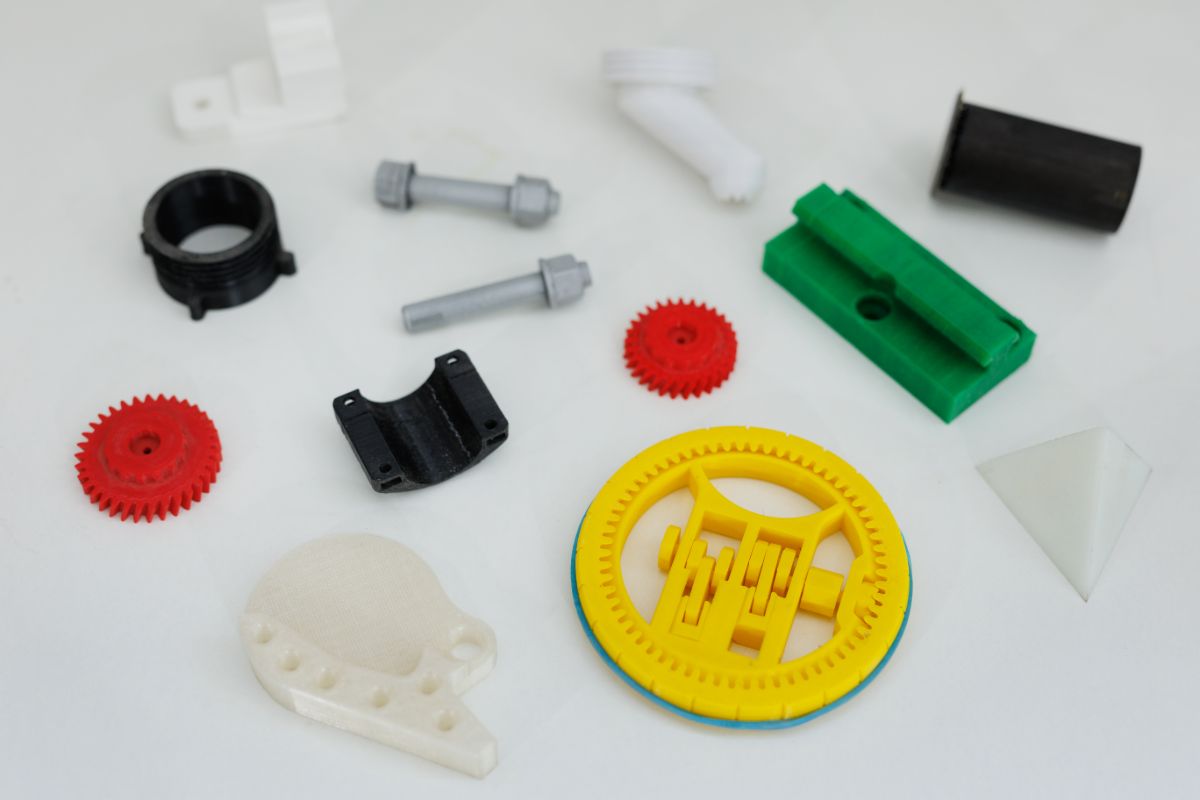What are tips for injection mold maintenance?
- Set a schedule — and stick to it
- Outline a detailed maintenance plan
- Consider your environment
- Factor in your production schedule
- Examine your part quality
Injection molding is one of the most widely used manufacturing processes for plastic parts today. One of the integral aspects of this process is the mold itself, which can be worn or damaged over time. Like owning a car, your injection molding machines and tooling need regular maintenance to continue functioning smoothly.
If you want to keep your operations running without costly delays or repairs, proper maintenance practices are needed. Here are four tips for injection mold maintenance, and how working with an injection molding partner may assist you in this practice.
Why is Mold Maintenance Important?
The molding process is very demanding, and over time can cause your mold to wear down. For example, a layer of dried resin or debris can build up on the mold surface, which can dent the tool or cause misshapen and defective parts to be made.
Mold maintenance is the process of cleaning and repairing your mold to keep it in the best working order. It is performed routinely throughout the mold’s life and reduces the risk of quality and production problems.
If done well, it can even improve production efficiency and lower the overall cost of owning the tool. Should problems arise, a maintenance routine can alert you quickly, giving you more time to address the situation.
Set A Schedule — And Stick To It
Every mold in your production line needs a maintenance schedule — even the ones that were just recently added to your machines. Every mold should have a timeline of when it should be cleaned, inspected, and prepared for production. This routine will keep them in their best shape and will help you identify problems with your mold promptly. Thus, a schedule is needed to prevent costly production delays.
Your schedules should include timeframes for mold cleaning, proper maintenance, and when needed repairs should be done. It may be based on production times, or the number of molds you need serviced. You should also factor in production timetables, materials used, and parts produced. The more often a mold is used, the more often it should be cleaned and inspected for defects.
Outline A Detailed Maintenance Plan
Another key element to a good maintenance plan is adding extensive detail into what servicing each mold may need. Some details to include are:
- Inspection criteria for all parts of the mold – What surfaces should look like, how every moving part should function, what fittings your mold has, and so on.
- Components to inspect and clean, and their frequency – Mold cavities, gates, sprues, and other parts that come into contact with molten resin.
- What materials to use during cleaning – Cleaners and solvents your maintenance crew needs per mold and mold component.
- What lubricants need to be applied to the mold and its components, and the frequency.
- Correct storage procedures for when the mold is not in use – If the mold needs to be completely disassembled, dried, or prepped for long-term storage.
Aside from details on the regular maintenance routine, another thing you should include in your plans is your preventative maintenance process. What practices should you follow to prevent repairs?
Consider Your Environment
The surrounding environment for your injection molding machines makes a big difference to your mold’s lifespan. Elements like temperature, pressure, humidity, and air quality can affect how your mold performs.
Some facilities may have harsh climates — such as high temperatures, densely humid, and heavy air — due to their enclosed factory floors. Such an environment is created to control humidity and temperature to prevent issues with production, but can also affect your molds over time.
For example, many molds have steel tooling, which easily rusts under these conditions. You should consider adjusting preventative practices and maintenance schedules to prevent such problems from happening.
Examine Your Part Quality
The parts that come off from your molding machines provide a clear picture of the state of your mold. Good parts are a result of a healthy, problem-free mold.
On the other hand, many part defects are caused by issues with your mold —so if you find issues like sink marks or flashes, it’s a good indication that your mold needs repair or maintenance. So, include part inspections as a part of your maintenance routine.
How Can An Injection Molding Partner Help With Mold Maintenance?
Partnering with an injection molding service means you can tap into their wealth of experience when it comes to best injection practices — including their tried and true maintenance routines. A good partner can help you:
Optimize Part Design And Mold Design
Working with an injection molding service will optimize your mold design to improve the efficiency of production and the longevity of the mold itself. This is crucial for those in the business of creating complex plastic parts, as your molds will require a lot of investment in design and manufacturing. Your partner will be able to implement simple changes to improve the durability of your mold, while still fulfilling consistency and quality requirements.
Make Your Investment Cost-Efficient
Budgeting for mold fabrication and maintenance is difficult. Overinvesting may put you over budget, while underinvestment may result in shorter mold lifespan, reliability issues, and added costs over time — both will prevent a good return on investment.
Your partner will help you calculate the right budget for your mold investment, which includes reactive tool maintenance while the tool should be producing parts, and overall mold tooling maintenance.
Implement The Right Development Tools
There are many additional tools and steps you can add to the injection molding process. For example, certain ejection methods or gate positioning can be used to accelerate cycle times and improve part quality — all without wearing down your mold too quickly. Your partner will identify what development tools and strategies can be added to your process to improve part quality, while also helping you get to market quickly.
Key Takeaway
Making sure all of your injection molding machines and tooling are in good shape is key to efficient production. Follow these four tips for injection mold maintenance to ensure your molds are cost-efficient, and produce high-quality parts.
Need a reliable injection molding partner to help with your mold design and maintenance? Get in touch with Richfields today. We are a top U.S. injection molding company with experience in serving companies across various industries — and even countries! Send us a message to learn more about our services, and how we can help you create your plastic products.












